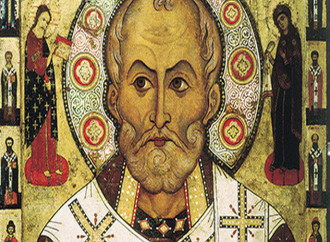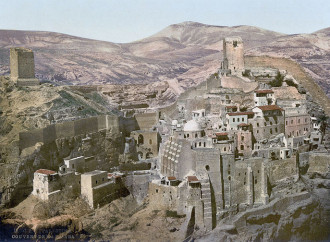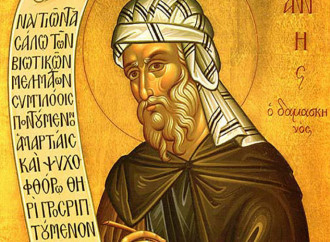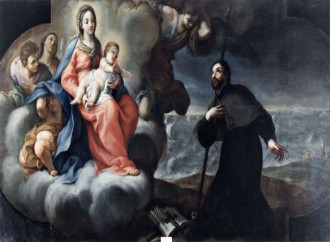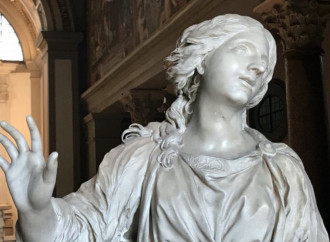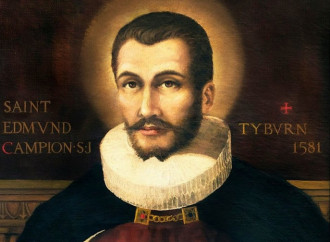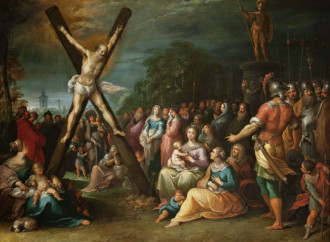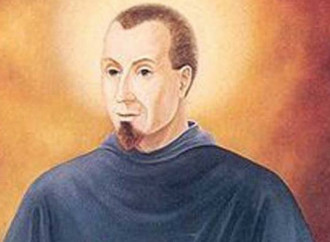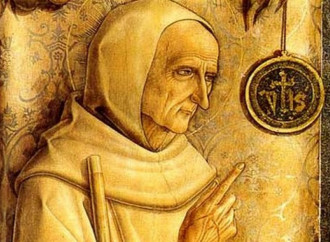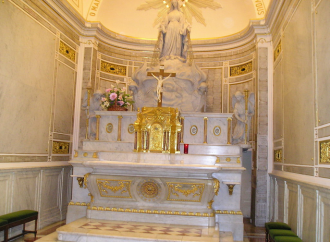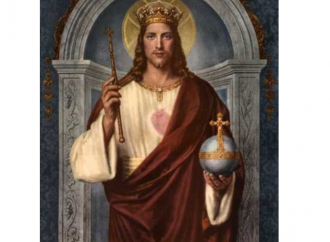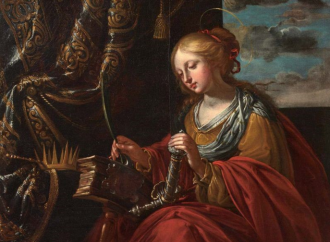Saint Nicholas of Bari
The title “of Bari” is due to the transfer to the Apulian capital of many of his relics, which took place in 1087.
Saint Sabbas the Archimandrite
Founder of a particular type of monastery, called “lavra,” he played a substantial role in the spread of Eastern monasticism.
Saint John Damascene
He has been called the “Saint Thomas of the East” and is considered the last of the Eastern Church Fathers. He wrote sublime pages about the Blessed Virgin and was able to refute the then widespread iconoclasm.
Saint Francis Xavier
He is considered the greatest missionary of modern times
Saint Bibiana
Her martyrdom was perpetrated during the historical interlude of the empire of Flavius Claudius Julianus (361-363), known as the Apostate
Saints Edmund Campion and Companions
Saint Edmund Campion (1540-1581), known as the Pope’s Champion, was born in London during the vicious years of the Anglican Schism.
Saint Andrew
He was the first apostle to lead Peter to the Lord. Andrew preached the Gospel in Asia Minor and Scythia. He suffered martyrdom in Greece, in Patras, where he was crucified on an X-shaped cross.
Saint Francis Anthony Fasani
He had joined the Franciscans as an adolescent taking the religious name of the two saints of the Order to whom he was most devoted, Francis of Assisi and Anthony of Padua.
Saint James of the Marches
He spent his life in the service of the Church, becoming one of the leading figures in the 15th century together with his friends Bernardine of Siena and John of Capistrano.
Blessed Virgin of the Miraculous Medal
On 27 November 1830, the Blessed Virgin appeared to Catherine Labouré. The saint saw Our Lady wearing a white dress like the dawn, a blue mantle and a long white veil, standing on a half globe enveloped in the coils of a snake.
Christ the King
The solemnity of Christ, King of the Universe, was introduced by Pius XI with the encyclical Quas Primas of 11 December 1925 to recall the kingship of God the Son over history and to remedy an evil that was already afflicting society at that time: secularism
Saint Catherine of Alexandria
She lived in one of the most important cultural and religious centres of antiquity and was “filled with sharp wit, wisdom and strength of spirit” (Roman Martyrology)

